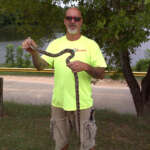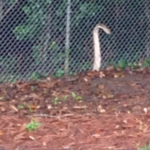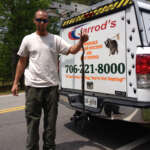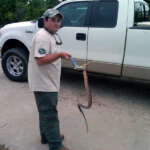Snakes
Trapping snakes is one of our specialties. In Columbus, Ga, and surrounding areas, there are a number of both poisonous and non-poisonous snakes that cause problems when they invade the yards, homes and businesses of local residents. One of our goals is to trap and remove snakes that could potentially cause people problems.
Reproduction
An easy way to try to get rid of snakes yourself is to purchase large snake and insect glue boards. They are an easy-to-use and inexpensive first step towards solving your snake problem yourself. You simply peel the paper liner off of the board and place it where snakes have been seen. Once the snake crawls across the board, it becomes stuck and unable to escape. If you feel so inclined, you can take the glue board with the snake to the woods, pour a small amount of cooking oil on it and the snake will eventually work its way free.
If you do not feel comfortable being near trapped snakes then have a qualified snake exterminator such as Jarrod’s Affordable Wildlife Eviction get rid of your snake friends and give you the peace of mind you and your family deserve.
Request Free Pest Inspection
EMERGENCY SERVICE AVAIALBLE
Request Free Pest Inspection
EMERGENCY SERVICE AVAIALBLE







